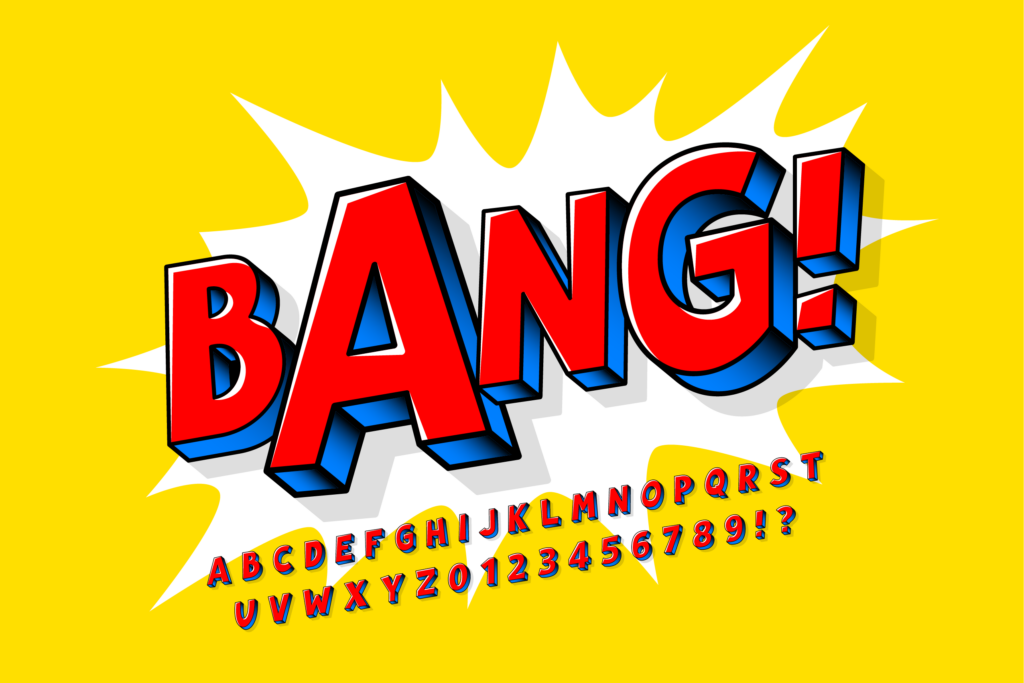When it comes to web design, typography plays a vital role in creating an engaging and visually appealing user experience.
It goes beyond selecting fonts and encompasses the art of arranging type to communicate effectively. This blog post explores the importance of typography in web design and how it influences user perception, readability and overall aesthetics.
Typography helps establish a clear visual hierarchy on a web page.
Through variations in font size, weight and style, designers can guide users’ attention and emphasise key elements.
Effective use of headings, subheadings and body text hierarchy ensures that users can easily scan and navigate the content, enhancing overall usability.
Typography is a powerful tool for expressing a brand’s personality and identity.
The choice of fonts, whether it’s a classic serif, modern sans-serif, or decorative script, conveys a specific tone and character.
Consistent typography across a website reinforces brand recognition and establishes a cohesive visual identity that resonates with users.

One of the primary goals of typography in web design is to ensure readability and legibility.
Well-chosen fonts, appropriate font sizes, line spacing and letter spacing contribute to the overall reading experience.
The right combination of these elements enhances comprehension, reduces eye strain and encourages users to stay engaged with the content.
Typography has the power to evoke emotions and set the tone of a website.
Different fonts carry distinct associations, whether it’s a sense of elegance, playfulness, professionalism, or authority.
By selecting fonts that align with the intended emotional response, web designers can create an immersive and impactful user experience.
In today’s mobile-dominated landscape, typography must be responsive and scalable.
Responsive typography ensures that text adapts to different screen sizes and resolutions, maintaining readability and legibility on various devices.
Scalable fonts allow users to adjust text size according to their preferences, improving accessibility and user satisfaction.

Typography involves not only choosing individual fonts but also creating harmonious font pairings and contrasts.
Combining fonts with complementary characteristics enhances visual interest and adds depth to the design.
Contrast between headline and body text helps distinguish important information and improves content hierarchy.
Typography plays a crucial role in creating accessible and inclusive web experiences.
Selecting fonts that are easy to read, avoiding excessively thin or condensed typefaces and ensuring sufficient colour contrast between text and background contribute to better accessibility for users with visual impairments or reading difficulties.
Typography is a fundamental aspect of web design that significantly influences user experience, readability and overall aesthetics.
It establishes a visual hierarchy, reflects brand identity, enhances readability, conveys emotions and ensures responsiveness across devices.
By leveraging typography effectively, web designers can create engaging digital experiences that captivate users, convey information clearly and leave a lasting impression.
Paying attention to typography is essential in crafting visually appealing and user-friendly websites that stand out in the digital landscape.





